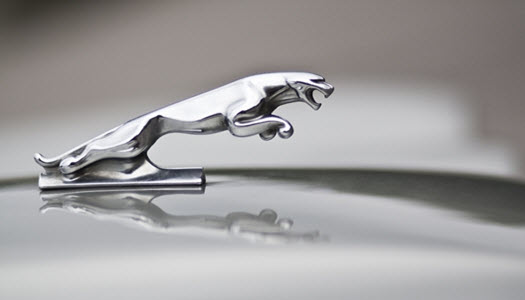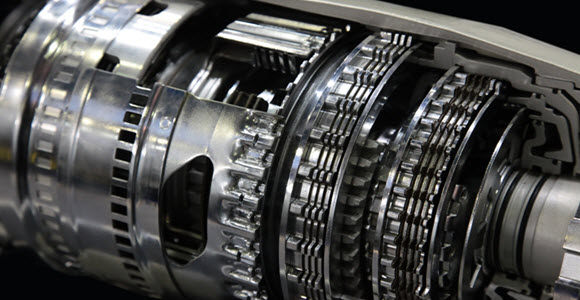Reasons Behind Automatic Transmission Jerking in Jaguar
Posted on | 22 Aug 2018 By Anita Gaal
Owning any type of Jaguar can be fun and thrilling no matter how new or old it is. They are luxurious and made to keep you safe and comfortable. Your Jaguar is made up of many parts and components that have to all work together to provide this smooth and safe ride that you and your passengers are used to. However, as your Jaguar gets older and is used more frequently, a common issue that can show its ugly head is automatic transmission jerking.
There are a few reasons that you should be aware of that will point to why your automatic transmission is jerking. Being able to identify these signs will allow you to quickly bring your Jaguar to us at Euro Automotive for a servicing that is reliable and knowledgeable about European vehicles, including Jags. If you are able to bring in your Jaguar quickly for the automatic transmission jerking, it can often be fixed relatively quickly for a low price. It is important to note that the longer you wait to bring your Jaguar in, the more costly the damage could be.
Low Transmission Fluid
Having low transmission fluid can lead to very severe jerking. The jerking can occur because there is not enough fluid to help create the hydraulic pressure that is needed to engage with the gears as they shift. As your Jaguar attempts to automatically shift gears without enough pressure, then the transmission will begin to jerk.
Checking the transmission fluid level in your Jaguar is something that you are able to do quickly at your home. The fluid will first need to be warm so start your car and let it run for a few minutes. Then open the hood and take out the transmission dipstick. Check that the fluid is in between the two notches that will generally read “full” and “add.” If the fluid is lower than the add notch, then you can simply add more transmission fluid using a funnel. If the fluid is at the appropriate level and the transmission continues to jerk, then the reason for it could be from another issue occuring in the transmission.
Worn Out Transmission Parts
The first reason that you may be experiencing automatic transmission jerking is because one or more of the parts has worn down. In an automatic transmission there are multiple sets of gears, clutches, and bands that will allow for smooth gear shifting. If one of these bands is worn down, then the shifting will become jerky. With this jerking happening, you may also experience a moment where the engine revs up after it was supposed to have changed gears.
Another thing that will come along with the jerking due to a worn out band is the feeling of the car slipping as it slows down. This would suggest that the band is not securing the parts as it is supposed to.
If one of the multiple clutches is worn down, then your Jaguar will experience transmission jerking as well. In an automatic transmission, the clutches are all throughout and if there is not enough fluid reaching the plates then they will wear down. If worn down enough, then they could end up broken or burnt. The heat that the car is producing will quickly burn the clutches if not enough transmission fluid is present. With broken and burnt pieces rattling around in the transmission, you are sure to experience a jerking motion as the transmission attempts to change gears.
We Can Help
At Euro Automative, we know that automatic transmission jerking is a common problem, so our service technicians are trained extensively in how to deal with the problem. Located in Dallas, TX, we are easily accessible from all surrounding areas such as Garland, Arlington, and Fort Worth.

We have technicians that have specializations in luxury cars such as the Jaguar. We will go into and under your car to find what is causing the automatic transmission jerking and fix it in a timely manner. But we will not stop there! We will also take the time to check other parts surrounding the issue to ensure that nothing else was affected. If we find any other problems, we will always discuss them with you immediately. We know that your car and your time is equally valuable and we will work to make sure that neither one is wasted so that you can be back on the road as soon as possible.
* Jaguar Car Logo image credit goes to: Streager.















